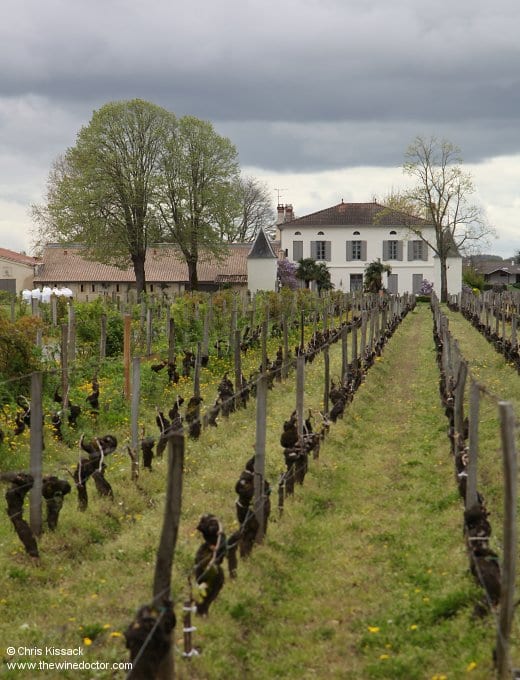Château Quinault L’Enclos
Although it seems de rigueur in St Emilion to claim Gallo-Roman origins, and it is entirely plausible that there were vines planted here two millennia ago, I am not at all sure that there is any real evidence for such a statement to be made in the case of Château Quinault L’Enclos. In truth, I think it would be more honest to say the origins of this estate, known until just a few years ago as Château Quinault, are uncertain.
I presume that Quinault was the name of a long-forgotten proprietor; it is not a common surname in France, and it has no particular association with Bordeaux, during the last century cropping up most frequently in Deux-Sèvres (south of the Anjou vineyards), Allier (again, more the Loire Valley than Bordeaux) and Seine-et-Marne. Nevertheless it seems reasonable to conclude that a vigneron named Quinault probably once owned this land. Just to the northwest of the vineyards runs the Boulevard de Quinault, another nod to this ancien propriétaire. But the identity of the individual concerned otherwise remains a mystery.
The Aubert Era
It is not really until the latter years of the 18th century that we begin to have some idea of the domaine’s history. At this time the land here was in the possession of Jean Aubert (1775 – 1857), and subsequently it came into the hands of Jean-Baptiste Aubert (1807 – 1876), presumably his son.

